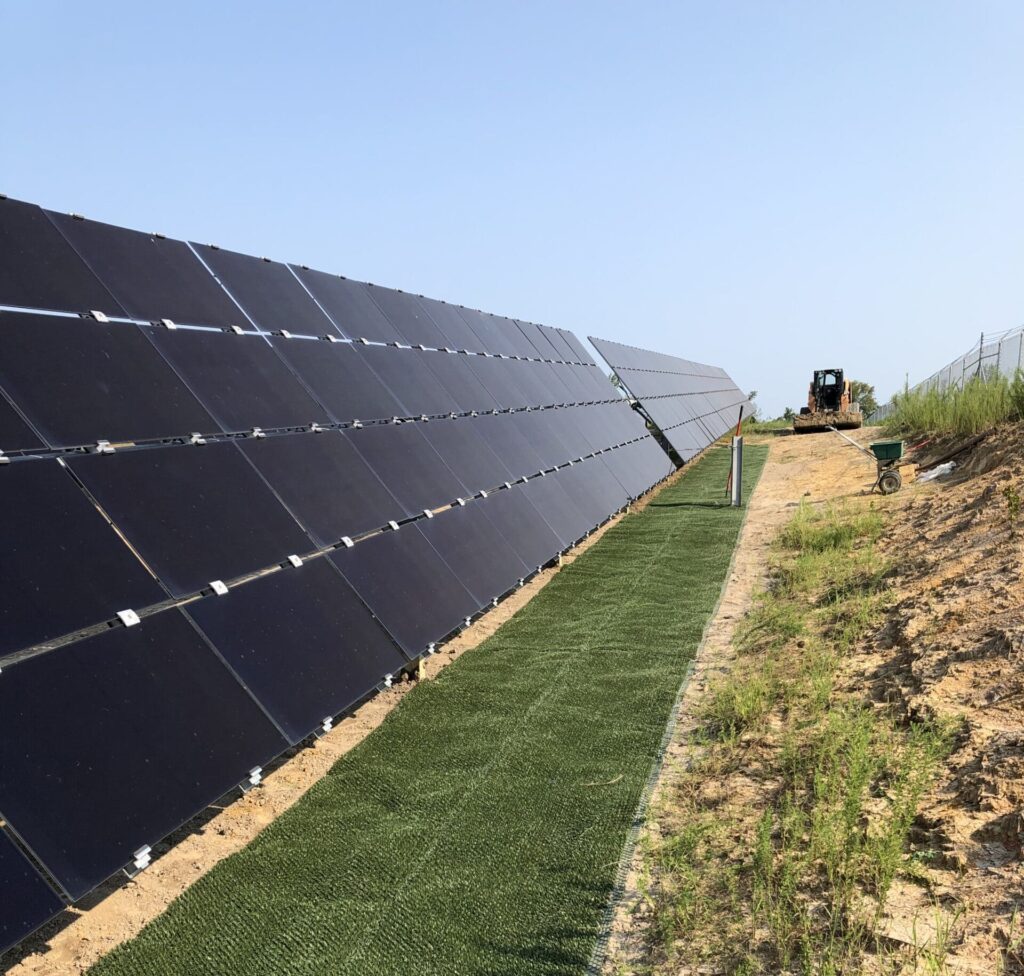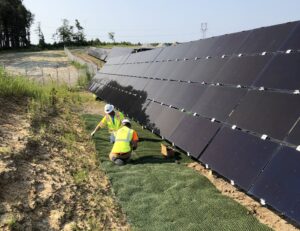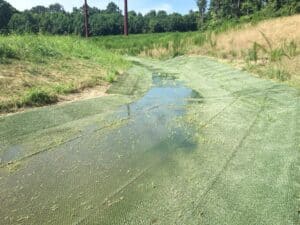Solar energy technology is a rapidly progressing field. Engineers are hard at work bringing clean energy to more people, more affordably—that’s why it’s critical to keep up with the field’s many technological innovations. Adoption of new tech can be the difference-maker when it comes to getting your project greenlit or achieving an acceptable ROI. We’ve put together a short overview of some of the most exciting advancements we’re seeing in the solar power space, from new uses of known technology to cutting-edge production techniques.
- Drones
It seems that every industry is finding a way to utilize drones to gain a new perspective on the world, and solar is no exception. Solar farms around the world now benefit from drones to inspect panels from above using both conventional cameras and infrared viewing to identify if any panels aren’t performing. This allows for more efficient oversight of the panel and lower risk of panel damage during inspection as inspectors and equipment don’t have to navigate the uprights, potentially causing damage. Inspections can now occur any time of day and with significantly less manpower and time than just a year ago, driving down costs and improving up-time.
- Solar Trackers
Single- and dual-axis trackers can significantly increase the efficiency and amount of light intercepted by individual panels. As production techniques and tracker technology advances, more utility-scale solar projects are taking advantage of tracking technology. As of late, solar engineers are finding that trackers can also help protect solar panels from inclement weather such as snow and hail. Operators can place panels in near-vertical positions to deflect damaging hail and prevent snow buildup on panels. Even maintenance is simplified by tracking technology, resulting in fewer damaged panels during necessary maintenance. Solar trackers serve as a great example of how pure engineering can drastically improve output and reduce risk on utility-scale solar projects.
- Heterojunction Solar Cells
Though this technology was pioneered and first experimented with in the early 1980s, the original producer’s patent expired in 2011, ushering in a new age of commonly available, high efficiency photovoltaic cells. These cells are like the most common crystalline photovoltaic cells, but with the addition of a thin layer of photovoltaic material at the positive and negative sides of the panel—think of it like a sandwich. This creates three different photovoltaic cells, each with their own PN junction and positive and negative side. As a result, the sun’s rays are more efficiently captured by the two thin photovoltaic cells sandwiched around the conventional crystalline cell. This technology is already producing 19-21% efficiency and some believe that this could improve to near-28% by the end of the decade, which would be a true game-changer.
- Perovskite Solar Photovoltaics
The production of solar panel-grade silicon is energy- and labor-intensive, particularly in the context of the UN’s climate and energy goals for the near future. Therefore, there has been a fervent drive to pioneer new and improved materials for solar panels. Perovskite crystals are a class of crystals with a particular structure, initially found in the mineral ‘perovskite’. These perovskite cells show potential to be cheaper and easier to produce than silicon-based cells and their efficiency is increasing rapidly, from about 3% a decade ago to upwards of 29% in lab tests today. Moreover, silicon and perovskite tandem cells are more efficient than single-junction silicon cells. Perovskite PV cells can also be manufactured much more thinly than conventional silicon PVs, further increasing efficiency in manufacturing. In fact, Perovskite PVs require about 20 times less total material than conventional silicon PV cells. Perovskite cells can also absorb a greater range of light wavelengths than silicon.
In short, perovskite solar cells represent a promising future for photovoltaics in terms of both efficiency and cost. In the past, perovskite solar cells have turned out to have poor durability and longevity, but as the technology advances, those shortcomings have proven to be surmountable.
- Agrivoltaic systems
There has been an intense drive to synthesize energy production with agricultural land, thereby offsetting some of the more demanding and environmentally damaging aspects of agriculture. Furthermore, it’s becoming more difficult to find suitable locations for singularly dedicated solar farms to be built. It only makes sense that we should find ways for land to do double duty—produce clean energy and fill another societal need, such as food production. Companies are striving to produce cheaper and more widely available translucent solar cells to capture solar energy while also using the same land for agricultural production, often forming a kind of greenhouse made of photovoltaic cells. Farmers are also installing elevated panels to allow sunlight to reach crops while capturing solar energy with the panels. The largest install to date is in Japan where they are growing seven types of grapes among the panels–cheers to that!
- Floatovoltaics
Solar farm installations are no longer constrained to dry land. In fact, it’s becoming more and more common to see companies install photovoltaic panels on floating structures. Aside from utilizing previously unusable space, these floatovoltaic installations present some important benefits. For one, the cooling power of water increases panel efficiency in a similar way that photovoltaic cells perform better in cooler weather. Furthermore, the floating photovoltaic structures prevent water evaporation and cool down the water, leading to more efficient water usage in reservoirs and particularly drought-prone areas. The demand for these floatovoltaic installations is expected to triple by the end of 2025.
- Hybrid Turf Erosion Control
Erosion on solar farms is a problem in need of an immediate and long-lasting solution. With the drive to install solar farms on and around agricultural land as well as closer to residential areas, it’s more vital than ever to find an erosion control fix to manage stormwater runoff on utility solar installations. The dangers of stormwater runoff—particularly in ecologically critical areas such as wetlands—have the potential to stop solar farm production and innovation in its tracks unless solar energy producers find more sustainable ways to develop large-scale solar farms.
Hybrid turfs represent the synthesis between artificial turf and natural vegetation to harness the benefits of both. InstaTurf ShearForce is a hybrid turf product designed to protect soil and foster real vegetative growth without presenting the problem of a 6-12+ month growing period during which other rolled erosion control products are at a heightened risk of failure. Because hybrid turf is lightweight, it can be installed on the drip line near panel uprights without the use of heavy equipment that could potentially damage the panels. Moreover, InstaTurf provides a pervious layer—especially once vegetation has grown through—where pollutants and stormwater can be controlled without running offsite and potentially leading to ecological damage and resultant fines and/or litigation.
While there are many erosion control solutions for solar farms, InstaTurf represents a turn towards more sustainable and reliable practices for soil protection and stormwater management.
Every day, innovations are discovered and technology is improved upon in the solar energy space. A sustainable future will require a synthesis of all our available knowledge and production techniques. Luckily, engineers are working hard every day to improve our solar technology, whether it’s improved inspection techniques, increased efficiency, or pioneering new spaces for solar farm installations, all hands are on deck so we can produce cheaper energy and meet stringent climate goals.








